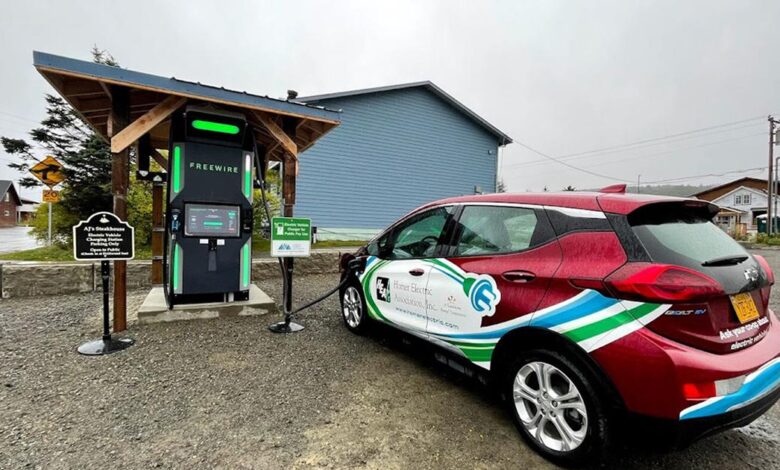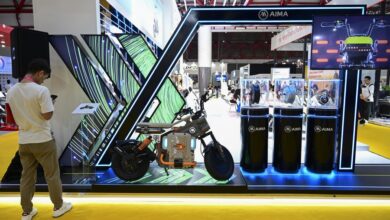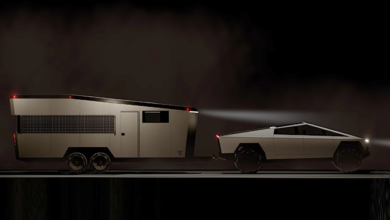Electric vehicle survey shows an increase in owners, need for more charging stations | Local News

A one-month survey on electric vehicle usage in the Fairbanks North Star Borough saw limited participation with only 45 people submitting responses, according to a Fairbanks Area Surface Transportation Planning consultant.
Jeff Kupko, with Michael Baker Associates, updated FAST Planning’s technical committee Tuesday on the latest progress in a draft electrical detail infrastructure plan for Fairbanks and North Pole. FAST Planning anticipates releasing a draft plan by autumn.
Kupko said the online survey isn’t the only outreach FAST Planning conducted. A March open house was well attended and generated feedback that will go into the draft report.
According to the online survey results, 60% of the respondents live in Fairbanks, about 5% in North Pole, 18% in the Ester and Goldstream areas, and the rest in other parts of the borough.
About 43% claimed ownership of an electric vehicle, 16% were considering a purchase within three years and 20% within five years. Another 20% rejected the idea. The bulk of respondents claimed either to be an expert or have moderate knowledge of electric vehicles.
Kupko said that electric vehicle ownership has gradually increased over the past year. According to the Alaska Division of Motor Vehicles registration data, the number of electric vehicles went from 101 in January 2023 to 148 in February of this year.
Those who felt encouraged to purchase an electric vehicle cited reduced fuel costs, environmental impact and shifting trends in technology. Those who felt discouraged cited everything from purchase price and cold weather performance to the lack of current charging infrastructure.
The only public charging station in the borough is located at Golden Valley Electric Association’s parking lot on Illinois Street. Michael Baker Associates pulled charging station data, indicating its use has fluctuated since its installation.
Its highest use was in the first three months of 2022 but that is attributed to cold weather testing scenarios. Since then, the GVEA charging station has dipped considerably and averaged around 60 charging sessions since May 2023.
The GVEA station’s highest use in the last year was in November, with 103 charging sessions.
“It lends credence to the need for more infrastructure in the region,” Kupko said. “It is just one fast-charging station solution in the area, and we have heard from residents about where there needs to charges for other areas.”
Kupko said the electric vehicle infrastructure plan proposes to install private and public charging stations across Fairbanks and North Pole. Other goals include more data gathering on Fairbanks electrical vehicle owners’ needs and positioning the region as a cold climate testing hub.
“The vision statement is that Fairbanks and North Pole aim to become EV-ready communities by developing … a local EV charging network,” Kupko said.
Kupko said it would require the installation of fast chargers, partnerships with major employers and businesses, and ensure that Golden Valley Electric Association’s grid can handle growth.
The Three Bears Alaska grocery store in North Pole intends to have a private charging station, and Kupko said two proposed locations under a state plan would include the Westmark Fairbanks Hotel in downtown Fairbanks and West Fairbanks Fred Meyer store.
Jackson Fox, FAST Planning’s executive director, said the plan could lend itself to strategic charging stations in apartment complexes and hotels.
“There are some logical places to put these chargers, such as the downtown parking garage or the Morris Thompson Visitor Center,” Fox said. “There’s Wedgewood Resort and Sophie Station, where there’s a large number of apartments or long-term stay apartments.”
The Alaska Department of Transportation, Alaska Energy Authority and other entities are working on a statewide network of charging stations as part of its alternative fuel corridor from Anchorage to Fairbanks along the Parks Highway.
The network and development are funded with the federal National Electric Vehicle Infrastructure (NEVI) Act provided by the Infrastructure Investment and Jobs Act.
Kupko said feedback shows that people want charging stations in public places such as parking lots, schools and destinations and along highway hubs, as well as potential amenities.
“There is the recognition for some downtime while charging and there are economic opportunities for site hosts in this, such as restrooms, shopping and food and drinks,” Kupko said.



